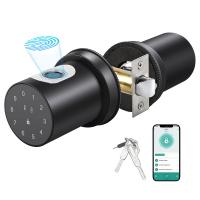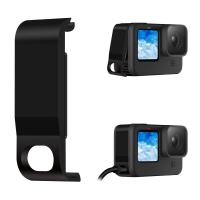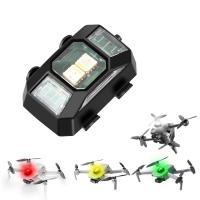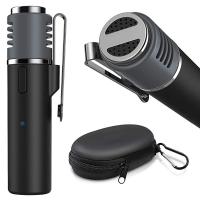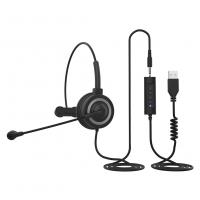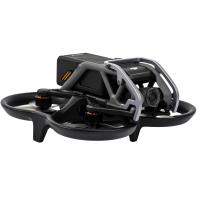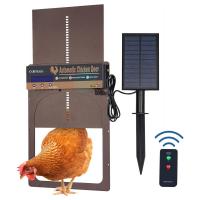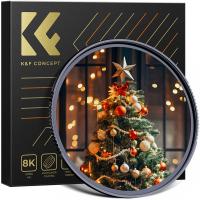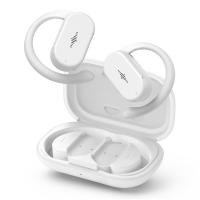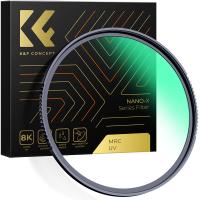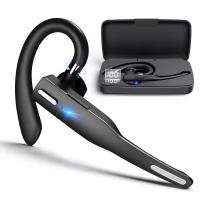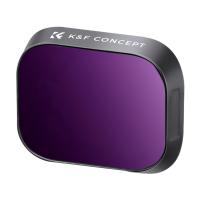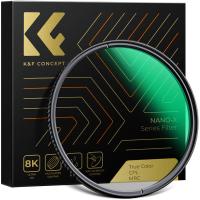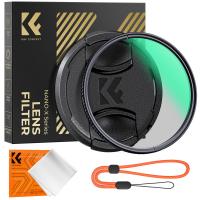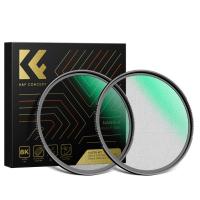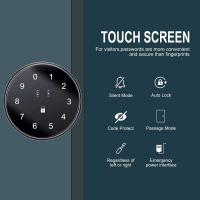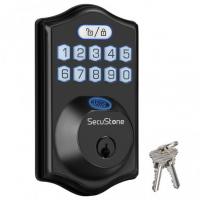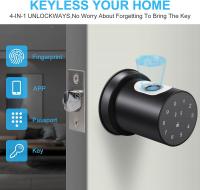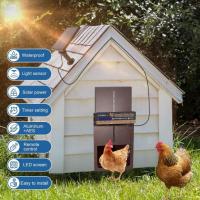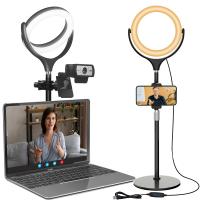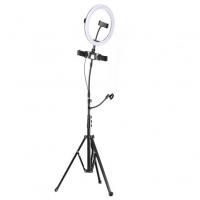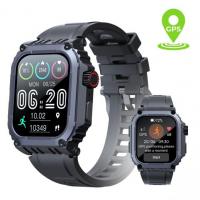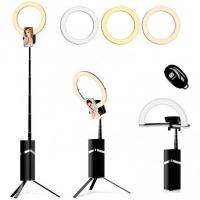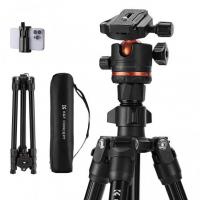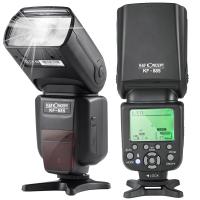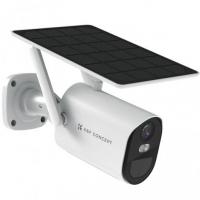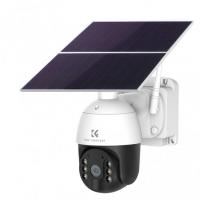How Does A Keypad Door Lock Work?
How Does a Keypad Door Lock Work?
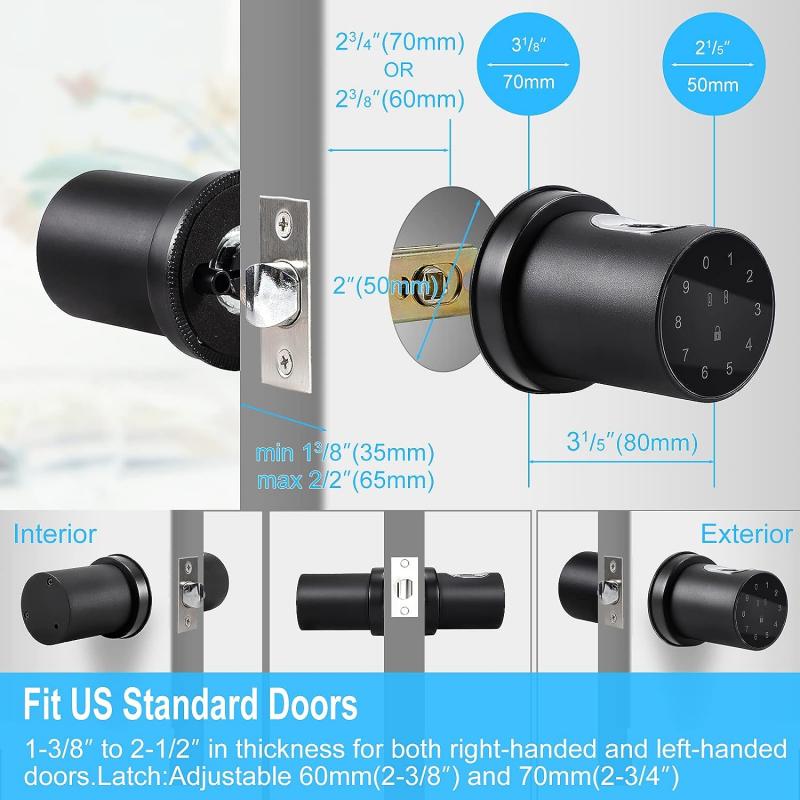
Keypad door locks are a popular choice for enhancing home security and providing a more convenient way to enter your home or office. Unlike traditional locks that rely on physical keys, keypad locks use a numeric code entered via a keypad to unlock the door. These locks offer a range of advantages, including eliminating the risk of losing keys, allowing for easy access control, and providing a modern, tech-savvy solution to security. But how exactly do they work? Let’s break it down in detail, exploring their technology, how they function, the types available, and the pros and cons.
The Basics of Keypad Door Locks
A keypad door lock typically consists of two main components: the keypad itself and the locking mechanism. The keypad serves as the interface for users to input a unique code, while the locking mechanism is what actually locks and unlocks the door based on the entered code. Most keypad locks are powered by batteries, though some are connected to the electrical system of a building.
When a user approaches the door and enters the correct code on the keypad, the lock’s internal mechanism engages and disengages, allowing the door to open. If an incorrect code is entered, the lock remains engaged, preventing unauthorized access.
The Technology Behind Keypad Door Locks
1. Keypad Interface:
The keypad itself can either be a physical numeric pad with buttons or a touch-sensitive screen. The user enters the numeric code on the keypad, which is typically between 4 and 8 digits long. Some systems allow for additional features, such as temporary access codes for guests or maintenance workers.
2. Control Unit and Microprocessor:
The keypad is connected to an electronic control unit, often a microprocessor, which processes the inputted code. When a user presses a key, the microprocessor detects the input, compares it to a stored access code, and determines whether the code is correct.
3. Locking Mechanism:
Most keypad door locks use either a deadbolt or a spring latch as the locking mechanism. When the correct code is entered, the microprocessor sends a signal to the locking mechanism, disengaging it. If the wrong code is entered, the lock remains engaged. Some locks feature a motorized bolt that retracts or extends, while others rely on solenoids or other electronic systems to control the movement of the lock.
4. Power Supply:
Keypad door locks are typically powered by batteries, which can last anywhere from six months to a year, depending on usage and the type of lock. Some models may feature low-battery indicators to alert the user when it’s time to change the batteries. In the case of an electrical-powered lock, it may be wired directly into the building’s power supply.
5. Security Features:
Advanced keypad door locks offer enhanced security features like:
- Anti-tamper sensors: These sensors detect attempts to bypass or tamper with the lock, sending alerts to the user or triggering an alarm.
- Limited entry attempts: After a certain number of incorrect attempts (usually 3 to 5), the lock may lock out the user for a period of time, making brute force attacks more difficult.
- Audit trail: Some locks store a log of all access attempts, including the time, date, and user code entered. This is particularly useful for commercial settings where monitoring who enters the premises is important.
Types of Keypad Door Locks
Keypad locks come in various styles, each offering different features to suit specific needs. Here are the most common types:
1. Standalone Keypad Locks:
These locks are self-contained systems, where the keypad and the lock are part of a single unit. They are typically battery-powered and require no additional components, making them a simple and cost-effective option. Standalone locks are most commonly used in residential applications for doors, gates, and garages.
2. Wired Keypad Locks:
These systems are hardwired into a building’s electrical system. They offer more reliability and can be connected to a broader security system. Wired systems are generally more expensive but may offer more advanced features, such as integration with home automation systems, alarms, and even remote access.
3. Biometric Keypad Locks:
A newer and more secure option, these locks combine a keypad with biometric technology, such as fingerprint scanning or facial recognition. The user must enter the correct code and undergo biometric verification to gain access. This dual-factor authentication makes them a great choice for high-security areas, though they tend to be more expensive.
4. Smart Keypad Locks:
These are the next evolution of keypad locks, often connected to your smartphone, tablet, or home automation system. You can unlock the door remotely, change access codes, and even monitor who entered the home. Many smart locks also offer features like voice activation and integration with platforms like Alexa, Google Home, and Apple HomeKit.
How to Program a Keypad Lock
Programming a keypad lock is relatively simple, but the exact procedure can vary depending on the model. Generally, you’ll follow these basic steps:
1. Install the Lock:
Ensure the lock is securely installed on the door and is powered (either with batteries or wired power).
2. Access Programming Mode:
On most models, you’ll need to press a designated button or combination of buttons to enter programming mode. This is often indicated by a blinking light or a specific tone.
3. Set a Master Code:
A master code is a primary code used to access the lock’s programming menu. It’s important to choose a code that’s easy to remember but difficult for others to guess.
4. Enter User Codes:
Once in programming mode, you can add individual user codes. These are the codes that others will enter to unlock the door. Many locks allow for multiple user codes, and you can delete or modify them as needed.
5. Test the Lock:
After programming the lock, always test it to ensure that the code works correctly. If any issues arise, consult the lock’s manual or customer support.
Pros and Cons of Keypad Door Locks
Like any technology, keypad door locks have their advantages and drawbacks. Here’s an overview of the pros and cons:
Pros:
1. Convenience: You no longer need to carry keys around, which is especially useful for people who often forget them or for households with multiple members.
2. Enhanced Security: Keypad locks reduce the risk of lost or stolen keys. Moreover, advanced features such as temporary codes and audit trails can further boost security.
3. Customizable Access Control: Many keypad locks allow for multiple codes, making it easy to give access to family members, guests, or service workers without needing to provide a physical key.
4. Keyless Entry: With no physical keys required, you eliminate the risk of key duplication and unauthorized access that may occur if a key is lost.
5. Integration with Smart Home Systems: For those with smart home setups, smart keypad locks can integrate with other devices, offering a seamless, automated security solution.
Cons:
1. Battery Dependency: Most keypad locks are battery-powered, and if the batteries die, the lock can fail to function. Some models provide low-battery warnings, but it’s still important to keep an eye on the battery life.
2. Code Sharing Risks: If someone shares their code with others or writes it down, the security benefits of a keypad lock can be compromised.
3. Potential for Hacking: Like any digital system, keypad locks, especially smart locks, can be vulnerable to hacking. Ensuring the use of strong, unique codes and updating software regularly can mitigate some of these risks.
4. Cost: While basic standalone keypad locks are affordable, more advanced models (especially smart or biometric locks) can be quite expensive.
Conclusion
Keypad door locks offer a convenient, secure, and modern alternative to traditional key-based locking systems. By leveraging technology such as keypads, microprocessors, and advanced security features, they provide an effective solution for both residential and commercial security needs. With various models available, from standalone systems to integrated smart locks, there’s a keypad lock for every application. However, it’s important to weigh the pros and cons before making a decision, particularly when it comes to battery life, cost, and the potential for hacking.
Whether you’re looking to improve the security of your home or office, or simply make access more convenient for family members, guests, or employees, a keypad door lock can be a valuable addition to your security system. With a little thought about the type of lock that best fits your needs, you’ll be well on your way to enjoying the benefits of keyless entry and peace of mind.


